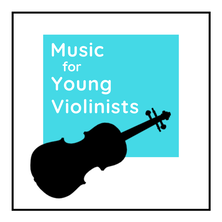|
Butterflies in your stomach? Try this little trick of saying the alphabet backward in your head to re-route your mental circuits and steer away from the uncomfortable experience of performance anxiety. One of the ways this works is because a backward alphabet is an unknown pattern to the mind. This also means it will become ineffective if used too frequently. If that is the case, then start spelling other words in your mind backward like: Violin Concerto and Johann Sebastian Bach: 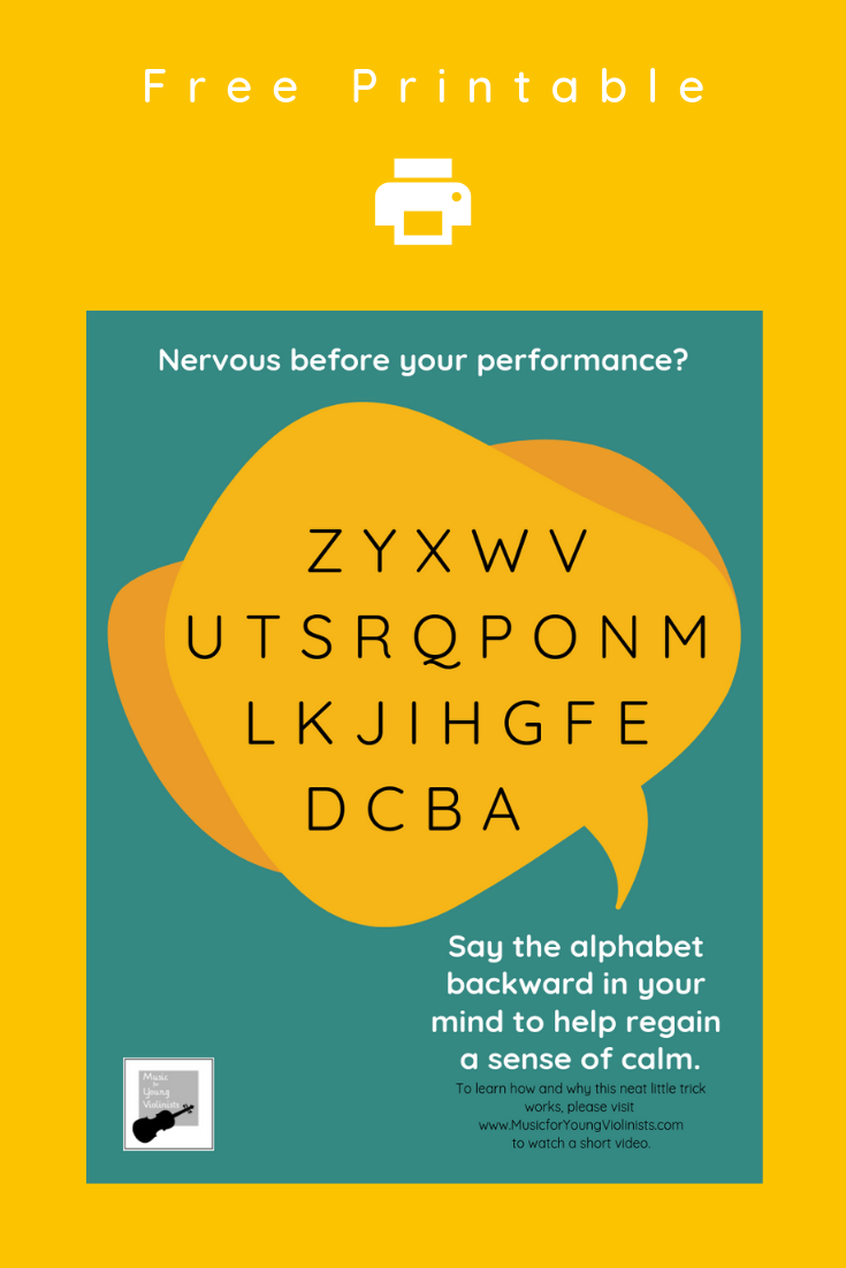 Try this trick before your next performance to help alleviate performance anxiety. Try this trick before your next performance to help alleviate performance anxiety. How do you help your students alleviate the stress of performance anxiety? Please share in the comments below.
0 Comments
From the 1-Minute Pedagogy Series1 - Minute Pedagogy is a series of 6 short videos that share my favorite "pearls of wisdom" that I have received for violin teaching from colleagues and teacher trainers over the past 2 decades. Think of these little videos as us having a cup of coffee together and sharing advice and perspectives to support the work we do as teachers. Please feel invited to continue the dialogue with your own ideas in the comments on the blog or youtube channel below. I apologize for the silly grin in some of these videos. I could not help but have a gigantic smile on my face when I filmed these because I was remembering so many special people that deeply you touched my life. To view all 6 videos in this series click HERE. Do we talk too much when we teach? I once had a colleague tell me that teachers here in America tend to talk too much when we teach and for the most part, I agree. Words are not our first language and the unique nature of our work as violin teachers invites us to integrate physical sequences with cognitive patterns. We then wrap this all up in the magical expression that is music itself. Such a unique combination is difficult to contain in verbal instructions which is why I suggest we do an inventory of how much talking we do when we teach and assess if this amount of language is as necessary as we may be in the habit of doing and also consider what options we have instead of words to communicate our teaching point.
Words go through our ears and into our brain where they can be interpreted in a multitude of ways which may not even match the intent of the instructor. Touching a body part relevant to the technique being studied, modeling with our own playing and reserving enough space in the lesson time to accomplish enough repetitions so the student can synthesize the information and correctly repeat in their home practice are integral to a successful learning experience. Certainly language is helpful in the process but if we talk too much we are not as effective as if we balance our teaching with training the muscle memory and inflecting meaning into the music. Additionally, we can use the tone of our voice, the spacing between words and facial gestures to communicate a sense of awe and wonder for this incredible process of learning music and stress the priorities of our teaching points. SILENT TEACHING CHALLENGE: If you really want to have some fun with this, take out a timer and have a playful challenge with your student or class to see how long you can go without speaking. You will be amazed at how this captivates your students while preserving your energy and best of all this is very effective for getting focused work accomplished. How do you communicate with your students in your teaching? What are some ideas you have for non-verbal teaching techniques? Please share in the comments below. Did you know that there is a violin teacher who created an online store of neat things to help make practice fun? I just made my first order (pictured above) and love this store because it is reasonably priced, full of neat things to help make my teaching fun and has quick delivery. The owner of the store shares this on her ABOUT page:
"Practice makes it easy!" Without practicing, playing a musical instrument is hard. The more you practice the easier it gets - and THAT's how you progress on an instrument. I'm a Suzuki violin teacher and Suzuki mom. Practicing is part of my daily life with myself, my students, and most of all my children. Practicing every day with young children is hard, but your children will love practicing if you help make it fun! I started this business making bead counters in 2009 because it was something I wanted my children to use during practicing. They loved it! So did my students! I offered the bead counters to my teacher friends and it was a huge success. I make each bead counter unique and wonder which child will love practicing because of it. I am excited to teach this week with my new finger tapes (aka Car Pinstripes), review piece dice, kiddie chopstick and removable highliter tape - where has this been all my life? Disclaimer: I recently contacted the owner of this store to ask if she could share a Music for Young Violinists coupon with her patrons to help spread the good news about my project but I am in no way affiliated with the Practice Shoppe and this is a sincere endorsement for someone who I think is doing good work and deserves to have her shop promoted.
Hello M4YV Peeps,
It is my week off for Spring Break and has been an absolute constant rainstorm here in Oregon. This means I have time off & time inside to have too much fun with my MacBook photobooth feature and I have gone nuts restocking the FREEBIES page. Head on over to the FREEBIES page & enjoy some awesome new downloads to help you bring out the best in your teaching. I rotate my FREEBIES on a regular basis so many of these resources will not be up for long. Happy music making! Heather The THIRD POSITION STUDY SHEET is part of the free Winter 2016 music packet available only from Music for Young Violinists. This worksheet has been such an empowering resource for my students who are just beginning third position and they often progress thru these short studies much faster than we expect. Although I could assign each of these passages by ear, I find that it creates more clarity and organization to have the expected assignment clearly notated on a piece of paper. I designed this worksheet to combine multiple learning channels into one experience: EARS - Using review pieces to learn third position serves as guard rails to keep a student on track. They already know what the tune should sound like so there is clarity from the start. EYES - I remember when I first started reading on the G string and high on the E string how difficult it was to discern with all the additional staff lines. If a student and teacher prefer, this worksheet allows for writing in fingerings and half/whole step markings. Eventually the consistency of playing in the same range will help your young musician develop fluency for playing in this new higher range. HANDS - I kept all of the studies in the same range on the E string to give students enough repetition of the new skill set to truly grow confident in this new skill. If a student only practices third position in a single piece they will likely struggle for a while due to not receiving enough support to master this new and fun skill. How do you help your students with third position? Please share in the comments below.
Woo-Hoo, another prize!!! There is a special $15 Gift Certificate Prize to the Music for Young Violinists STORE for the first person who can help me identify the piano composition this excerpt comes from.
I used to hear it being practiced next door decades ago when I was in music school but I never knew the composer. I only know it is *fantastically fun for teaching young violinists how to master their low and high 2nd fingers. Nothing replaces good old fashioned 2 octave G Major scales but in my experience most students need a little more support in their curriculum. The worksheet pictured below is a part of the Winer 2016 Music packet which is one of the many free perks of being on the Music for Young Violinists newsletter list. I give away an entire packet of music to my list every season. I love hearing from you and even if you can not tell me who composed this piano piece please let me know your feedback about the Winter 2016 Music Packet:
*If you are like me you may have wondered if this is a real word. I thought I was just making this up but learned something new today and according the Merriam-Webster this word actually exists. The definition of fantastically is 1 : in a fantastic manner. 2 : to a fantastic degree : extremely Ha! That was exactly the word I was looking for to describe this small etude I use to help students with their 2nd fingers. This packet is not longer available but the worksheets from this can all be found in the Teacher's Toolkit available here at the Music for Young Violinists store. 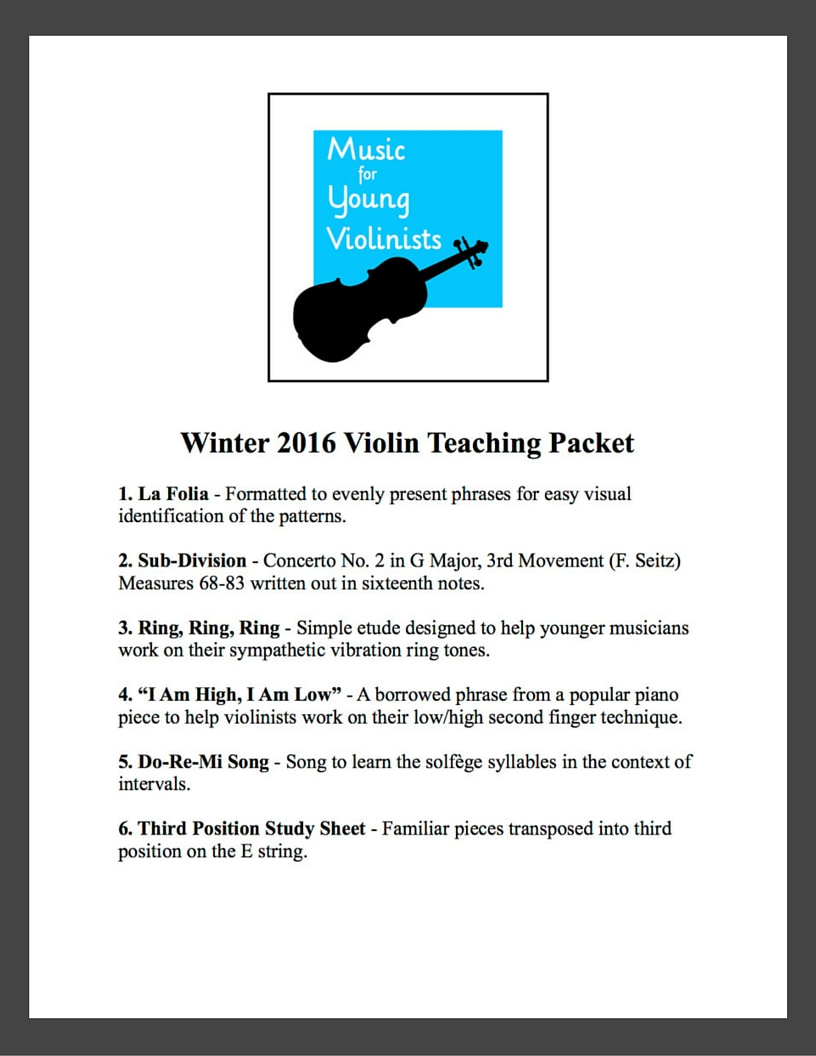 La Folia - I noticed my students struggling to memorize the straightforward opening of this piece and could not figure out why until I looked at the score they were using (Suzuki Violin Book 6.) This version has the 4 bar phrases broken up unevenly on the lines, and my students were unable to identify how simple the pattern is. After my students used this re-formatted version, the phrases became visually apparent, and memory was much easier.
Sub-Division - Concerto No. 2 in G Major, 3rd Movement (F. Seitz) m. 68-83 By the time a musician is at this level sub-division should already be an acquired skill and having it printed out for explanation is not necessary. However, I find that having an assignment blocked out on a separate worksheet creates clarity of goals between teacher and student as well as preventing a student from plunging into the score without having the proper foundation to interpret the music accurately. Ring, Ring, Ring - This is a simple etude that is easy to learn and designed to help younger musicians work on their sympathetic vibration ring tones. It can also be done starting on the D string. “I Am High, I Am Low” - When a young musician begins differentiating between what we refer to as low and high 2nd fingers, they need a great deal of support. I borrow this musical phrase from a favorite piano piece and have students learn it in the five-part sequence listed on the worksheet. They enjoy it and have fun getting some speed in it. Do-Re-Mi Song - Solfège is not something that most American musicians learn when they are young, but I would like to see this change. This simple and fun piece focuses on the intervals of the scale while teaching the seven syllables of solfège used in English. I first introduce this by singing and using hand symbols and fun body movements to match the lyrics. After it is learned vocally, a violin student can easily transfer this onto the violin. Third Position Study Sheet - I love teaching the III position by ear but found that some students need a correlating visual to help it make more sense and not get discouraged in their home practice. This worksheet takes several familiar pieces and transposes them to be played in the III position on the E string to help concentrate on a specific range. It is a fun assignment and students enjoy experiencing their growth by mastering these phrases in the III position. Did you know that my book Twinkle: Duets, Trios & Quartets was written to help students gain fluency and confidence with their III position? I created this collection of chamber music pieces before the Suzuki books were revised to fill the gap that used to exist with the use of the III position. You can view samples from this collection on the website and download a free Twinkle Duet when you sign-up for the newsletter. The Violinist Athlete and Injury Prevention with Dr. Victor Lin Dr. Victor Lin, is physiatrist with the Rehabilitation Medicine Associates of Eugene, gifted educator and parent of a talented young violinist. He created this concise presentation The Violinist Athlete and Injury Prevention specifically for teenage violinists to inform them about the potential injuries violinists are prone to getting and to offer solutions for preventing these injuries. I suggest making these videos a required viewing assignment for any of your teenage students who are practicing more than 1 hour a day to help them have healthy and long violin careers. This 2 part presentation can be viewed by clicking on the video links below along with a summary of the contents. The Violinist Athlete and Injury Prevention, Part 1:
The Violinist Athlete and Injury Prevention, Part 2:
The "chinrest" is really a "jawrest."
This terminology can confuse young violinists and their parents in the beginning. It is useful to point out this discrepancy so that the violin posture is not inadvertently misinterpreted during home practice.
For a young violinist having difficulty integrating the words "down" and "up" into their playing consider substituting with the words "open" for down bows and "close" for up bows. Since the bow moves in lateral directions left and right the actual words "up" and "down" do not correlate with the motions and can be confusing to a young violinist and their parents during home practice.
Words like "high" & "low" are confusing to beginning violin students while still learning how to play the instrument because these words are associated literally and do not yet connect with pitch vibrations.
Consider altering your instruction to be a description location like "closer to the bridge (or nose)" and "closer to the scroll" instead for more efficient results in the initial stages of learning these distinctions. Let’s face it, getting kids to stay engaged during violin practice can be tough. Whether they’re tired after a long day at school or they’re frustrated with a particular skill, kids can get easily distracted. To help keep your student or child motivated, try implementing a few violin games into their practice session. Not only will games keep them engaged, but they will also help reinforce important skills and techniques. At TakeLessons, we’ve compiled a comprehensive list of over 20+ violin games. Each game works on a particular skill, such as reading music, ear training, and violin posture. What’s more, these games can be applied to almost any instrument. Below is a sample of a few games both parents and teachers can play with their budding musicians. Simon Says: To help with ear training, play this new rendition of the old-school game “Simon Says.” Taking on the role of “Simon,” start by issuing instructions to the student(s). For example, when you play A on the violin, the kids have to stand up. Or when you play E, the kids have to sit down. Spot the Mistake: Start by showing students the proper bow hold, then ask them to close their eyes while you set up your bow hold with one obvious mistake; for example, a straight thumb. Once you’re ready, ask students to open their eyes and spot the mistake. They get three chances to guess the mistake before moving on. Tree Trunk: To practice the proper violin posture, have the child pretend he or she is a tree in the middle of a tornado. If the student’s feet are placed too narrow, then the wind will be able to push him or her over sideways. If his or her feet are placed too wide apart, then the wind can pull him or her forward or backwards. Children can get easily burnt out when trying to master a complex instrument such as the violin. To help keep them motivated, mix up their practice routine with these fun, educational games. To view all 20+ violin games, click here. This article originally appeared on TakeLessons.com. Brooke Neuman is a violin and piano editor at TakeLessons, an online marketplace that connects thousands of teachers and students for local and live online music lessons.
I have a magic bag. When I put something in this “magical” bag it makes the object grow into a larger version of itself. For example, if I put a miniature notebook into the magic bag, I get back a large notebook. I started this trick in my teaching to help with review of the *Blue Jello (set 1) rhythm cards. I wanted to fortify this foundation of fundamental rhythms before we learned the second set of this rhythm card series. The Blue Jello (set 1) cards happen to come in both a small and large size which naturally led to this playful idea. This simple trick for reviewing first year material turned into a very captivating way to begin a class and my students never even realized we were doing review.
As the school year went on I realized that the magic bag was more than a way to enchant my students into doing review and actually a metaphor for the learning process. When we come to class our knowledge is small and when we leave class it is bigger - this is the wonder of the learning process. As I realized this parallel I began to state it to my young students so they could be aware that they were growing and be able to feel empowered by this incredible process. I believe that learning and the growth that occurs along the way is one of the most satisfying experiences we can possibly have in this world. The magic bag helps us conceptualize the true magic of the learning process while having fun along the way. I also did this intentionally to plant in my young students an identity of being a learner and a student. If you have not already read the book The Talent Code by D. Coyle, I highly recommend it for several reasons. One of the reasons I recommend this book for educators and parents is to learn about the incredible studies that have been done correlating identity to success. In the video below I first share a brief view of how the magic bag works, the concepts and reasons behind it and then a clip of me using my magic bag in the classroom. In this video I reference the importance of mindsets - for more information on this I recommend Sal Khan's article The Learning Myth: Why I'll Never Tell My Son He's Smart. I also reference the power of identity - for more information about this and to learn of some compelling studies involving learning and identity I recommend reading D. Coyle's book The Talent Code. * To learn more about Blue Jello Cards rhythm cards and the Music Mind Games music theory curriculum click HERE. A "hack" is defined in the urban dictionary as: A clever solution to a tricky problem. As violin teachers (or parents of young violinists) our technique development can all be categorized as tricky problems so here are a few photos of "hacks" I have used in my studio to offer solutions for my students. For more, please visit the Violin Hacks & Bow Hold Helpers page. LARGE PRINT Music for Beginning Violin is a 21 page digital download that includes 17 popular folk tunes and 3 beginner level scales.
This is the perfect collection for the young violinist (aged 4-7) who is just beginning to learn how to read music. The large music font makes it easy to see notes and was formatted for plenty of room to write in. Once purchased, teachers and parents can print out as many copies as they like for multiple educational uses. As a teacher myself I know that I sometimes want to revisit pieces and write in pitches or fingerings. I also love using color with my students and having multiple use copies with this digital download format gives me versatility and creativity in my teaching. The scales and beginner level pieces included in this collection were chosen because they complement the foundational skill set established for a student who is at the Suzuki Violin Book 1 level but are also appropriate for any young beginner. I owe a special thanks to my precious young violinists over the years who have taught me what pieces light them up and keep them invested and working hard. Popular tunes like Jingle Bells, Happy Birthday and the Itsy Bitsy Spider Song are pure violin teaching gold for teachers working with young students. Happy Music Making! We have all either been the student or heard the student who gets into a loop with their piece due to missing a leading note that goes to a specific ending. Getting lost in the form of music when playing the violin is very common. Learn how to memorize your music with the five tips below. 1- FACE ONE WALL PER SECTION/ENDING: 1st - Divide the form of the piece into sections. 2nd - Face one wall per section while listening to the piece of music or singing it. 3rd - When you have successfully been able to face one wall per section without your instrument several times then add your violin in and play while facing one wall per section. TIPS: * Do not attempt on violin until successful with doing while listening for several times. * This is especially useful for younger musicians who have an existing need to incorporate movement into their curriculum. WHY THIS WORKS: Movement helps to connect mental constructs in the brain. Moving will also help to cross the corpus callosum which will deepen memory. 2- ANALYSIS: Sit down, away from the violin and analyze what makes the endings the same and what makes them different. Students need left brain information like this to balance the right brain listening and playing by ear. NOTE: If you have never done a form analysis before first go back to some early repertoire such as Twinkle, Twinkle Little Star and label the A-B-B-A form of this piece. 3- IMAGINATION ANCHORS: Once you have assessed the form of the piece now you can begin to assign a story, character, color or emotion to the different endings. The more personal this is for the player, the better it will stick in their memory. NOTE: The story does not even have to make sense, this is the neat thing about the way our minds work. Silly, weird and wacky stories are perfect for optimizing our memory. 4- ADD DETAILS: We started in the left brain organizing the form of the piece. Then we utilized our right brain by adding in a story or emotion, etc. Now we can go back to our left brain and assign specific dynamics or articulations to either the different endings that were creating the original loop or any part of the music that still is not sticking in the player's memory. If the violinist is on auto-pilot having played the piece incorrectly for some time, then they will need details like these to be taken out of this operating mode and engage the full capacity of the brain to create the successful memory of the music. 5- MAKE HARD WORK FUN: Making hard work fun is a secret to success for everything in life whether it be violin practice, cleaning your kitchen or learning algebra! Some ideas to help engage the fun factor include:
How do you memorize music? How do you make hard work fun?
Please let us know in the comments below, thanks! The brain is not a container that we dump information into, the brain is a problem solver. One of the most powerful ways you can work with your children and students is to use questions. 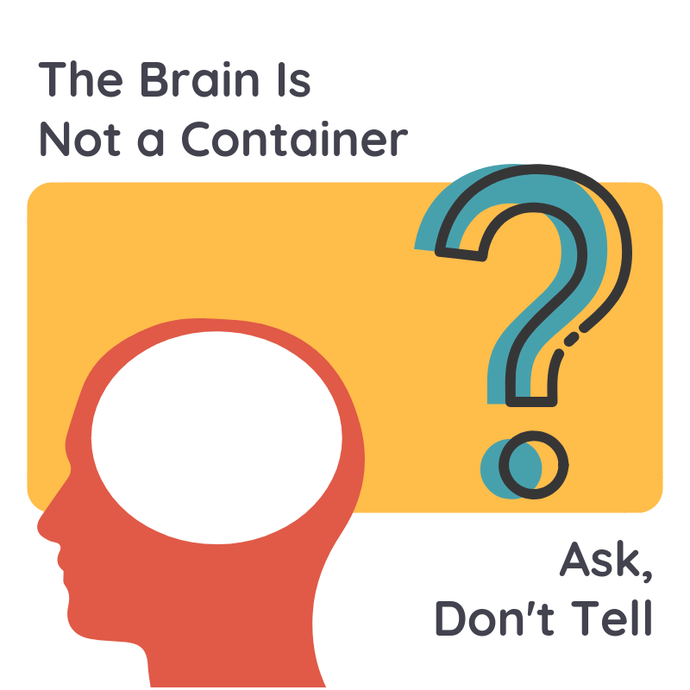 When we ask the brain a question, the brain will search for the answer. Understanding this explains the phenomenon that happens when you run into someone you know at the grocery store but can not remember their name. Later when you are falling asleep your brain remembers their name. That is because you asked your brain a question and although it took several hours to answer, it was diligently finding the answer for you. This philosophy of “Ask, Don’t Tell” is one of the cornerstones of my teaching. It does not matter if the student accomplished the goal, it matters if they know that they accomplished the goal. We may enthusiastically exclaim “Good Job!” when a student has successfully achieved what we were aiming to convey, but we do not know if they were aware of what they accomplished - this is where questions come in. Questions both create awareness and are using the brain as it is intended - to solve problems. Since we only see our students briefly once a week, it is imperative that we set them up in a way that they know how to work when they are practicing by themselves. Questions are a powerful tool to help us create students that are aware of and able to use their time best when practicing at home. Below is a short clip from my parent talk "Creating a Culture of Success" that goes into more detail on the concept of "Ask, Don't Tell." In a world full of violinists, with a staggering amount of talent, violinist Searmi Park stands out. Searmi (pronounced Say-ah-me) is the new concertmistress for the Eugene Symphony (Eugene, Oregon, USA) and was recently a featured soloist performing the Barber Violin Concerto in November 2014. Her incredible precision, focus and distinct style of expression leave a mark on all who get to experience her. She is a captivating artist and performer and the buzz of the town. I was fortunate to have the opportunity to do a short interview with Searmi to glean some insights for myself and my violin teaching studio and here is what I learned. How Did You Learn to Express Yourself? Searmi illustrated her philosophy with how she prepared for her recent performance of the Barber violin concerto. Although the opening of this concerto is one of the easiest technical parts of the piece to play, it was also one of the sections that she practiced the most in order to capture the desired expression she visioned. As explained in the book *The Little Book of Talent by Daniel Coyle, every skill falls into one of two categories: hard skills or soft skills. This is significant because hard and soft skills require different training and operate in different parts of the brain. In short, for violinists, hard skills are technique and soft skills are things such as performing and expression. As teachers, this is an important distinction for us to be aware of and balance in our studios. When we teach the violin, we may neglect emphasizing training the soft skills of expression and performing because our instrument requires so much hard skill technique. The success of Searmi’s approach to practicing expressing herself and to practice performing reminded me of the need to include this in my teaching curriculum so that I can best help my students. *The Little Book of Talent by Daniel Coyle is an accompanying book to The Talent Code also by Daniel Coyle. The Little Book of Talent breaks down the ideas of The Talent Code into 52 concise explanations and applications. Regarding “Talent” Any of you who have read the book Outliers by Malcolm Gladwell or the above mentioned The Talent Code are aware of the 10,000 hours research. This research concludes that mastery of any skill needs at least 10,000 hours of practice to ingrain and synthesize patterns into the muscles and mind. Many professionals, like Searmi, estimate their actual practice time significantly higher than 10,000 hours.
Public Speaking Teaches Performing “The violin is your voice” Searmi feels that it is important for a musician to be able to speak well in public. Through the process of learning to speak in public a person gains skill for performing on their musical instrument and builds their confidence. She said that if she had a teaching studio, she would incorporate the component of public speaking as a part of the curriculum for her violin students to better learn how to present themselves in public. On being a Yogi and Athlete: In addition to pursing music, Searmi has deeply dedicated herself in other disciplines. Encouraged by her college violin teacher and mentor, Mark Kaplan, Searmi started practicing yoga in her early 20’s and has since completed yoga teacher training. She loves the mind-body awareness that it gives her. Yoga literally means “yoking together” the mind and body. As violinists, the body is our first instrument and establishing a relationship of awareness with the body is a way to optimize the way we play our violins and keep ourselves healthy. My first violin teacher always emphasized how special yoga was and famous violinist Yehudi Menuhin has also been a strong advocate for complementing violin playing with a yoga practice. Searmi has also run a few marathons to date and is currently training for an ultramarathon in 2016. When asked about how yoga and running tie into her violin playing she remarked that she likes to take something as far as it can go with everything she commits to. These activities provide balance in her life and running and yoga are like practicing violin she says - “a mental game.” She shared how when working on the Barber Violin Concerto, she began at quarter note = 90 and metronome crawled her way to 192. This is the same way an athlete would train and the same way a beginner learns a new piece of music. It is a fundament to the work we do as educators and musicians and even those at the concert artist level. Advice for younger musicians: “You can learn to say anything with your playing at any level, but the harder you work the more you can express yourself.” I loved that Searmi kept coming back to the same message of emphasizing the importance of hard work and that it is thru one’s personal effort that we achieve our results. We know thru recent developmental psychology how important it is to praise the effort (i.e. the hard work) and not the result since this gives children a mindset for success that they can carry with them their whole lives on all things that they pursue. Searmi also emphasized that “violin playing is hard but it is so rewarding” which I believe is also an important message for our children. Many things in life are of value for the meaning and self awareness they bring to us and I believe that playing music falls into this category. Parenting: Searmi does not classify herself as a strict parent but teaches her children that they can do whatever they want with their lives and emphasized that children learn by example. Her consistent modeling of discipline in preparing for performances and maintaining her health and well being thru her yoga practice and long distance running set a clear example for her children of what is possible to do with one’s life. She also consistently came back to the same message in this interview that there is no secret to talent but that achievements are the result of hard work. Summary: Searmi walks her talk and has a relationship with her life that holds the boundaries of human potential as exciting, possible and rewarding. She has used her discipline and years of hard work to achieve her dreams and an incredible level of greatness in multiple realms. We wish her continued success in all areas of her life and are grateful for her insights here and the gifts she brings to this world. Let's connect and inspire each other on Pinterest! Music for Young Violinists is happy to be joining Pinterest - a virtual bulletin board. I will be posting unique violin and music education-related items that are complementary to the posts and resources on the Music for Young Violinists website. I will frequently update our board with:
What exactly is Pinterest? Pinterest is a virtual bulletin board. Your Pinterest board fills with images of your specified interest from people from around the world that you follow. Many music educators are now using this modality to share ideas about teaching, practicing, inspiration, and humor. I consider Suzuki Violin Book 2 to be a collection of little gems and have enjoyed playing the different character pieces in this collection for decades. If you have not yet exposed yourself to the original opera, song or dance versions where these pieces were extracted from it is a highly enjoyable endeavor! I marveled when I first heard how brisk and joyful Chorus from "Judas from Maccabeaus" sounded - it is a contrast from the stern and slow style that is often taught by Suzuki Violin teachers. Below is a list of links to the origins from some of the repertoire in Suzuki Violin Book 2. 1. Chorus from "Judas Maccabeaus" 2. Musette example from J.S. Bach (this is to help give a sense for the dance and bagpipe feel of a true musette). 3. Hunters' Chorus 4. Long, Long Ago 5. Waltz 6. Bouree (I was unable to find this). 7. The Two Grenadiers 8. Theme from "Witches of Dance" 9. Gavotte from "Mignon" 10. Lully Gavotte 11. Minuet in G 12. Boccherini Minuet Additionally, Mark Polesky just created a resource of references for the origins of pieces from all of the Suzuki Violin repertoire Books 1-10. For a more in depth exploration of the Suzuki repertoire please visit: http://www.markpolesky.com/suzuki/ Feel free to share related links to your favorite Suzuki related recordings below in our comments. |
Categories
All
Archives
February 2024
AuthorHi! It's me, Heather. I absolutely love working on the Music for Young Violinists project and all the many facets: blogging, website, music, teaching materials, freebies, videos, newsletter and giveaway contests. The best part is connecting with you so feel free to drop me a line. You can learn more about me on the "ABOUT" page. Thanks! |
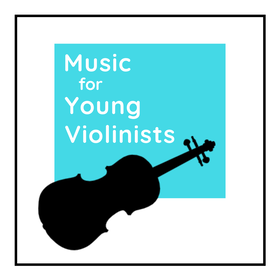

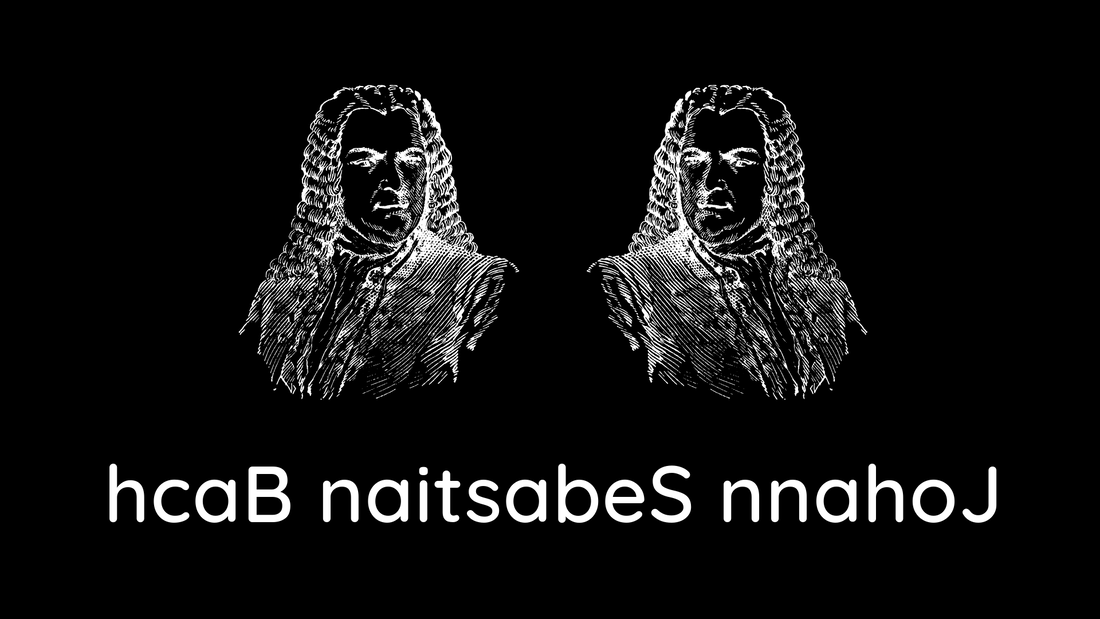
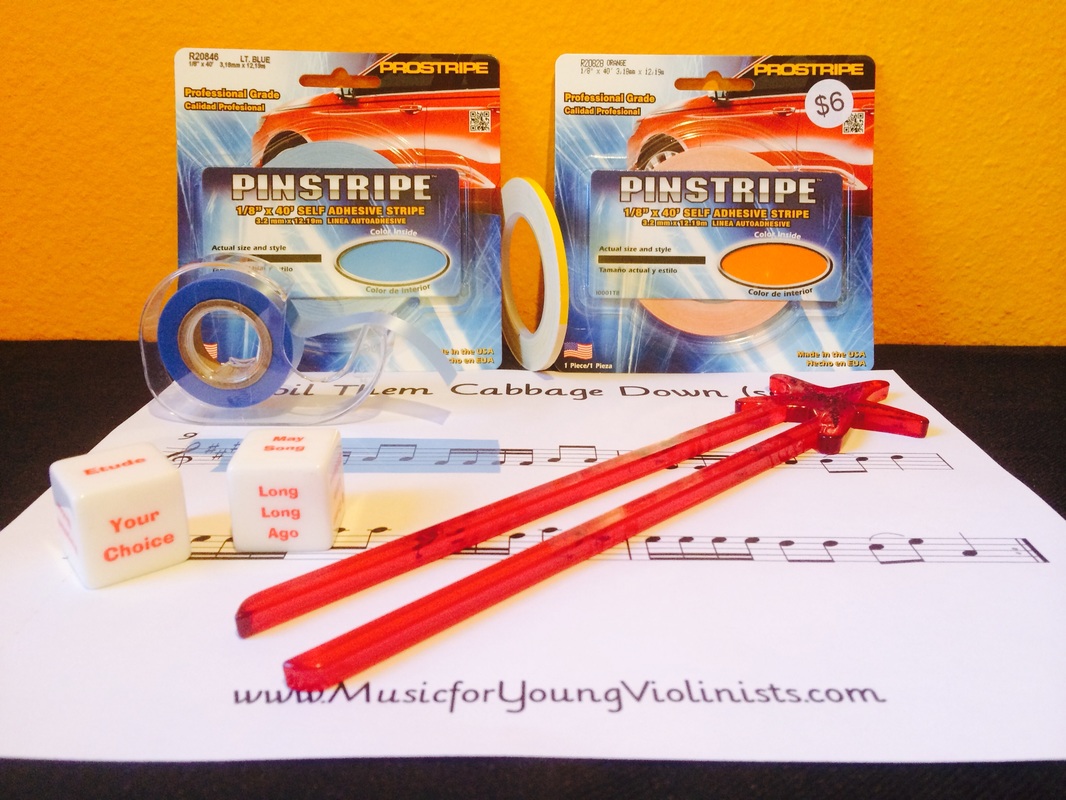
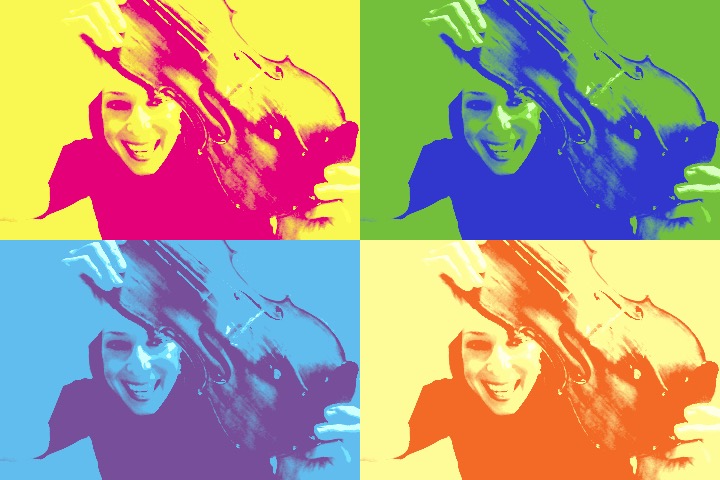
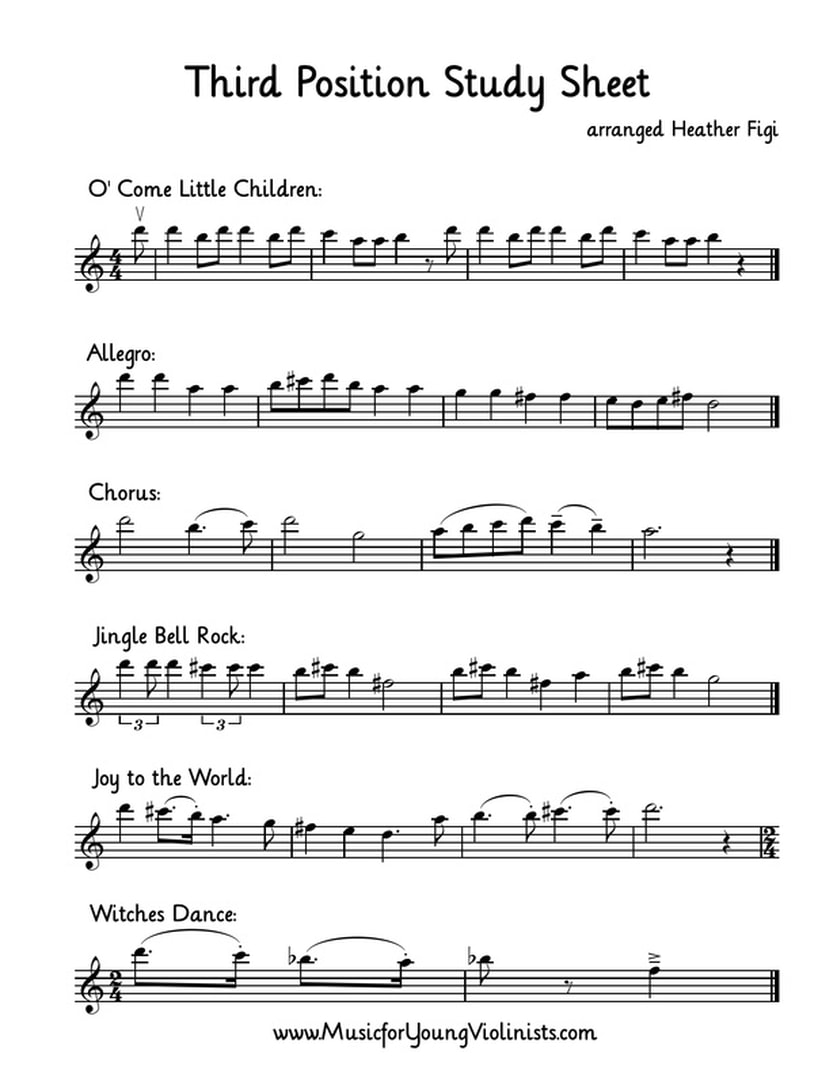
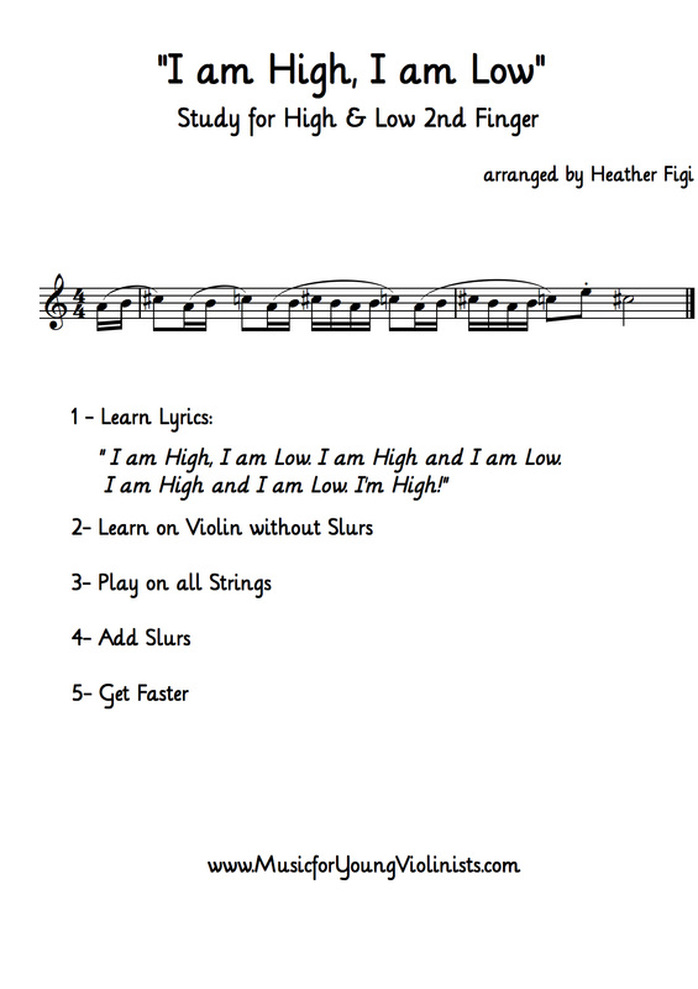
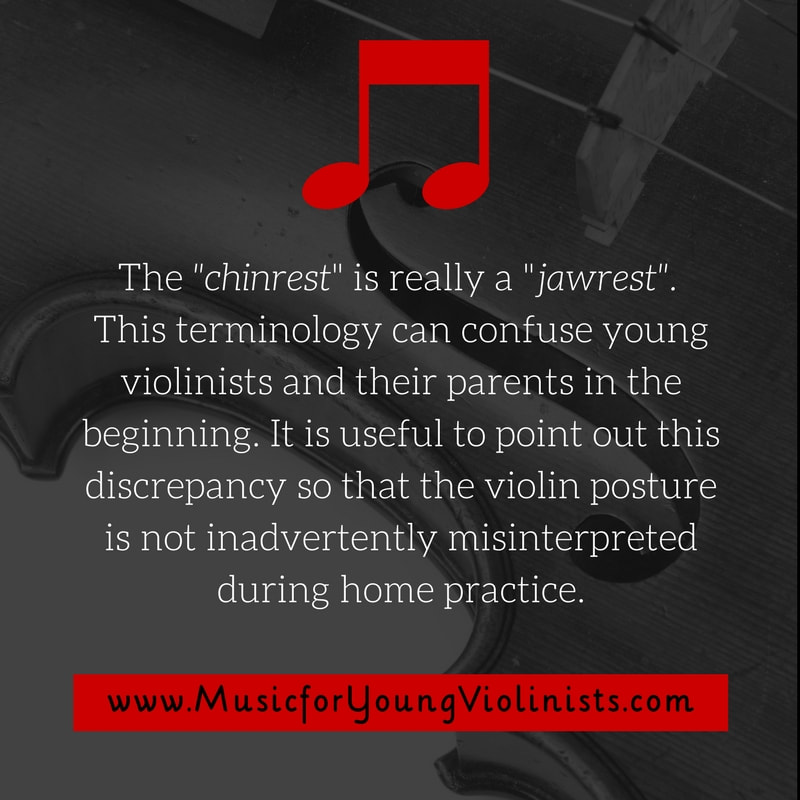
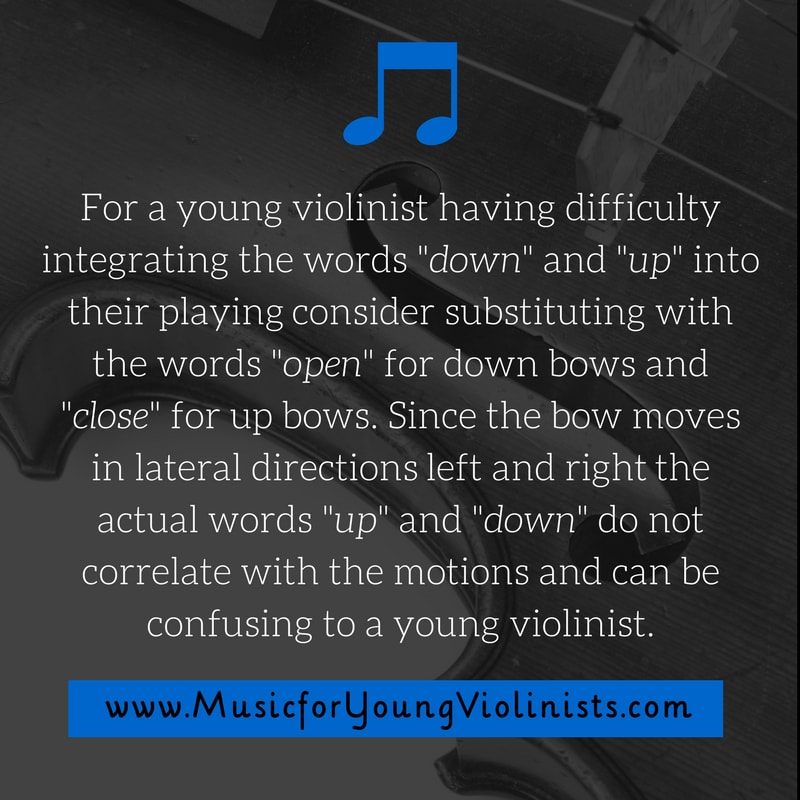
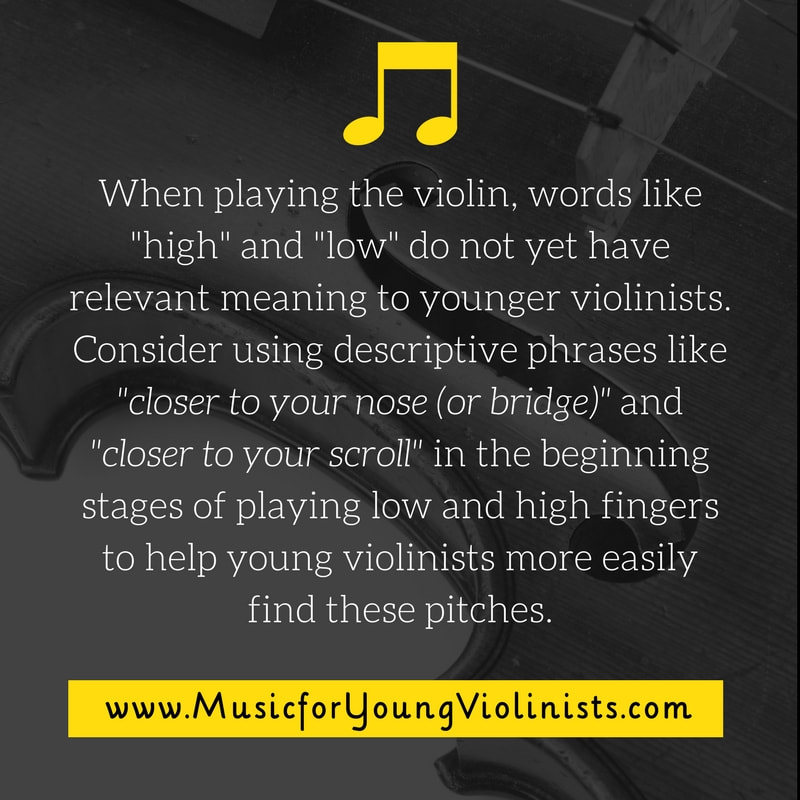
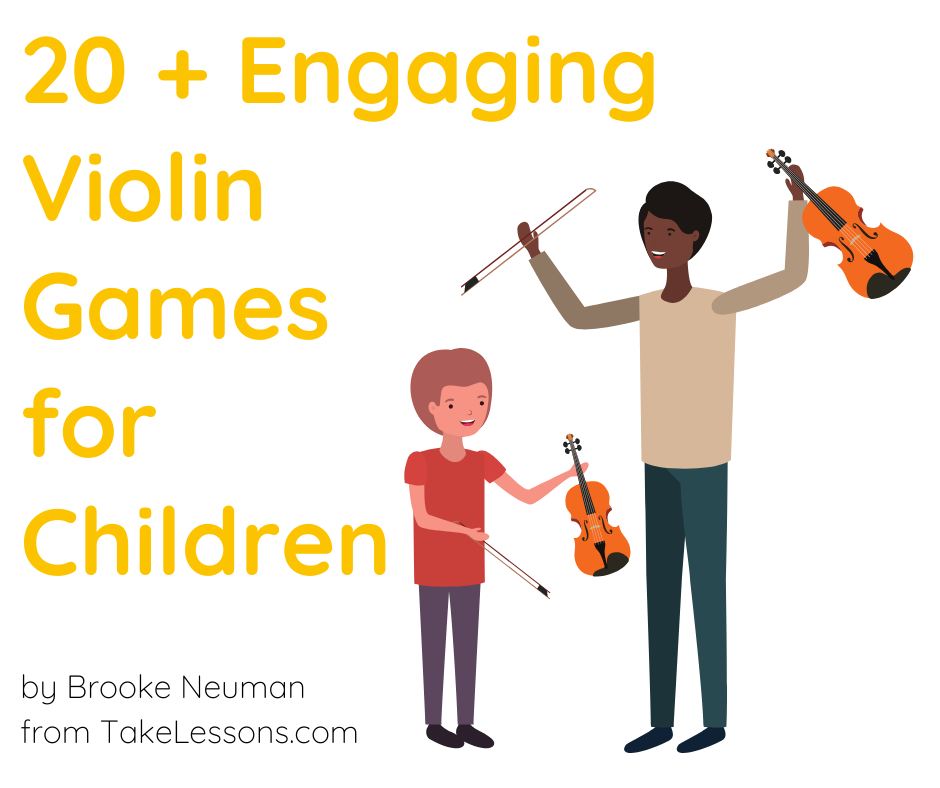
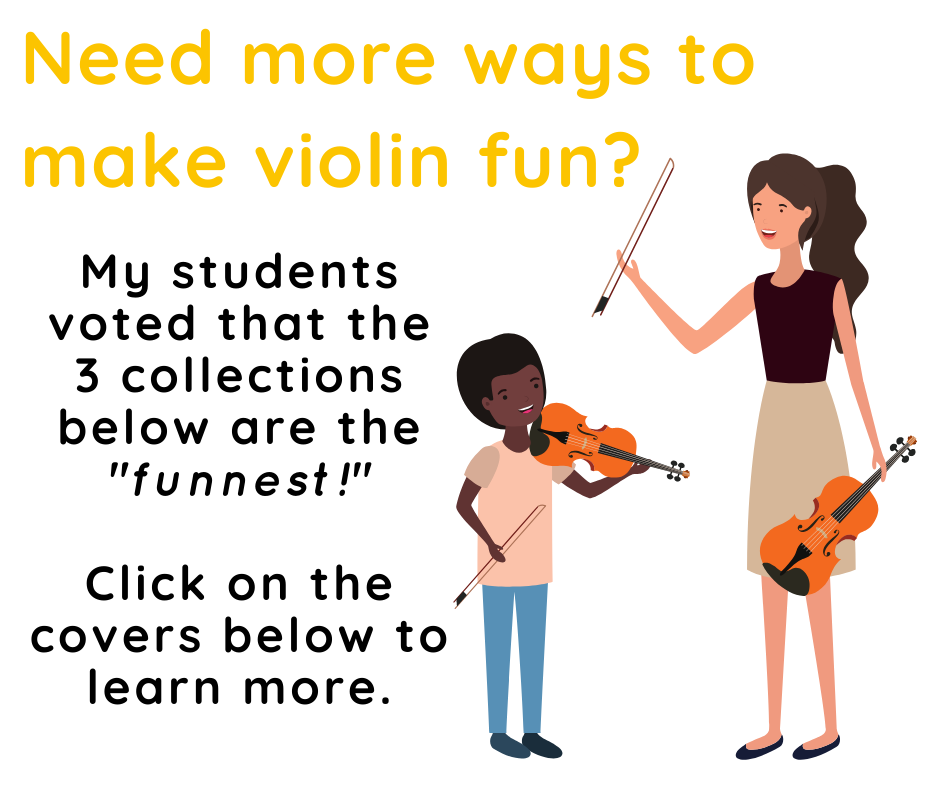
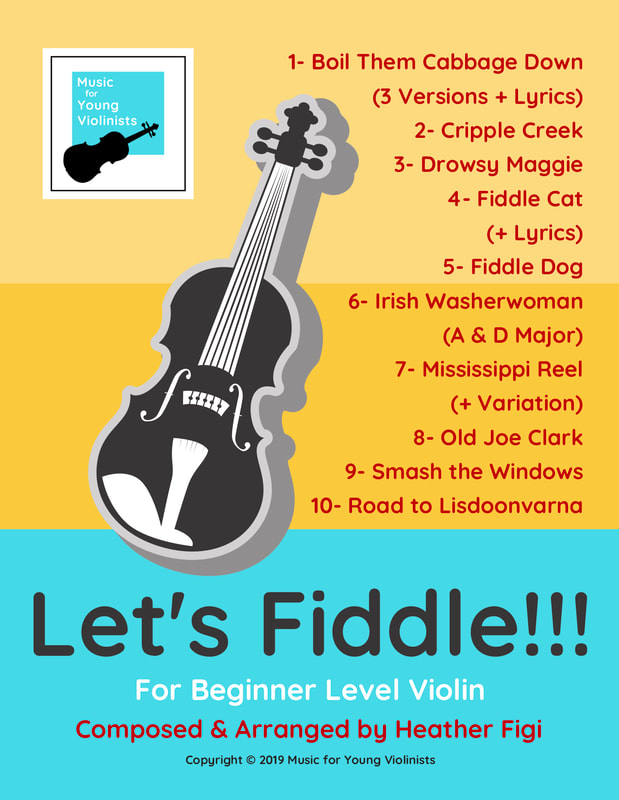
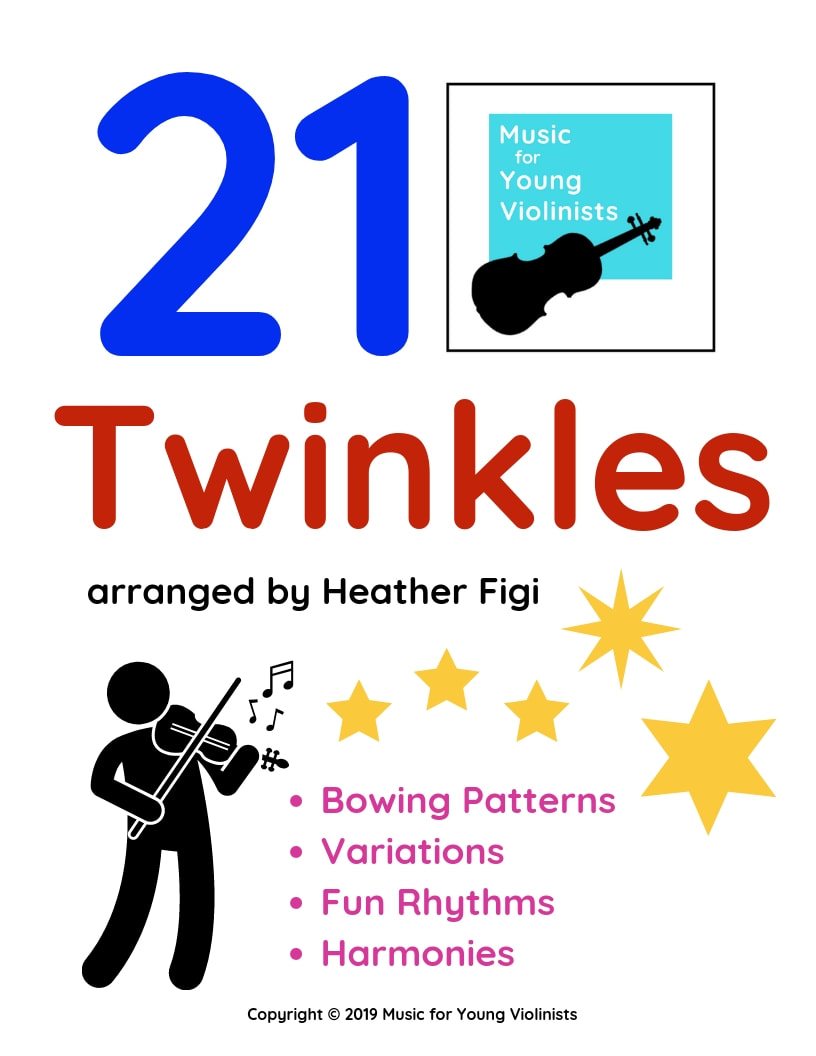
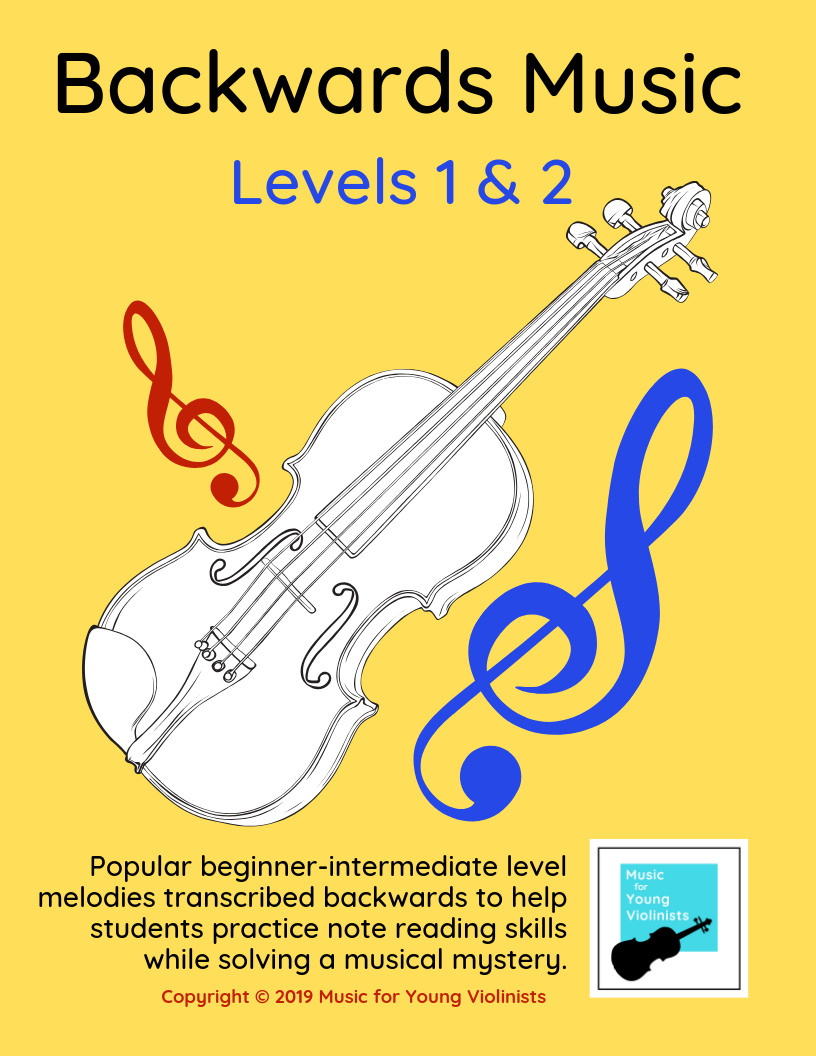
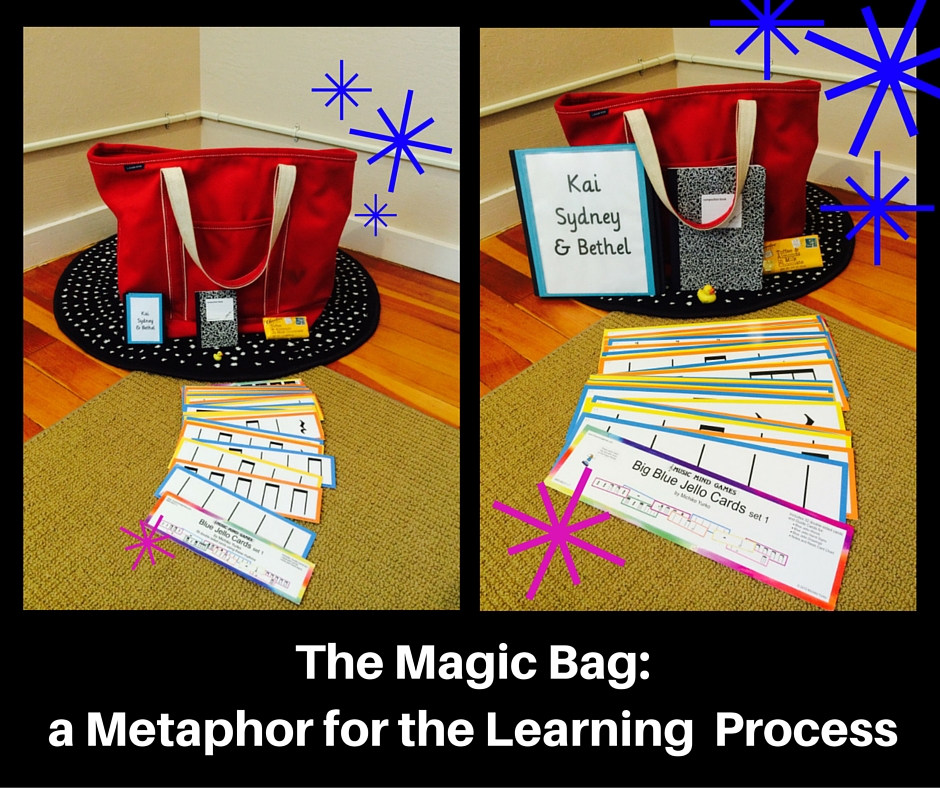
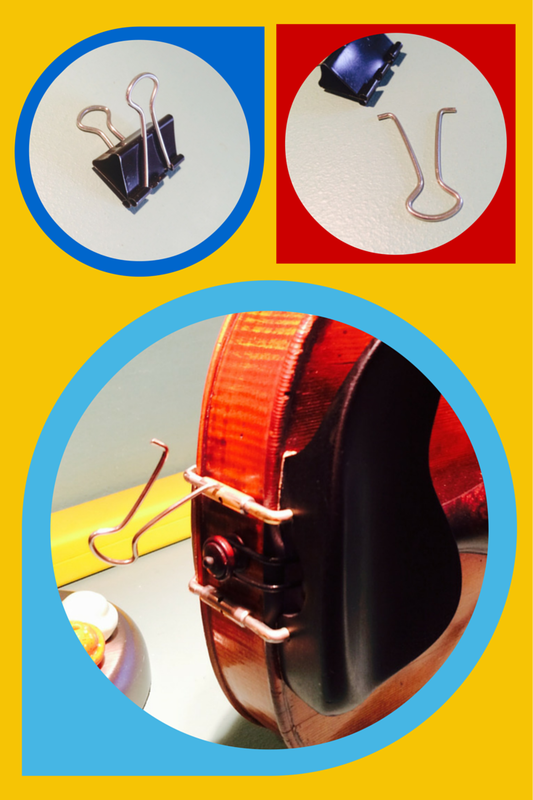
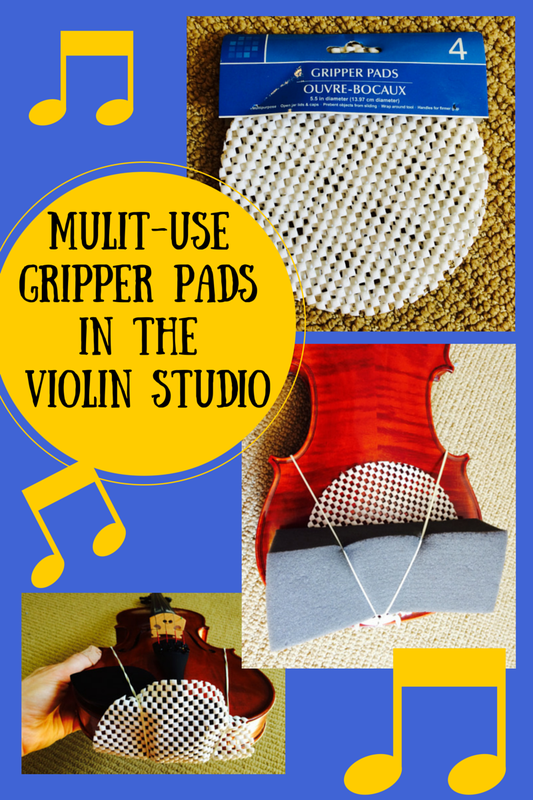
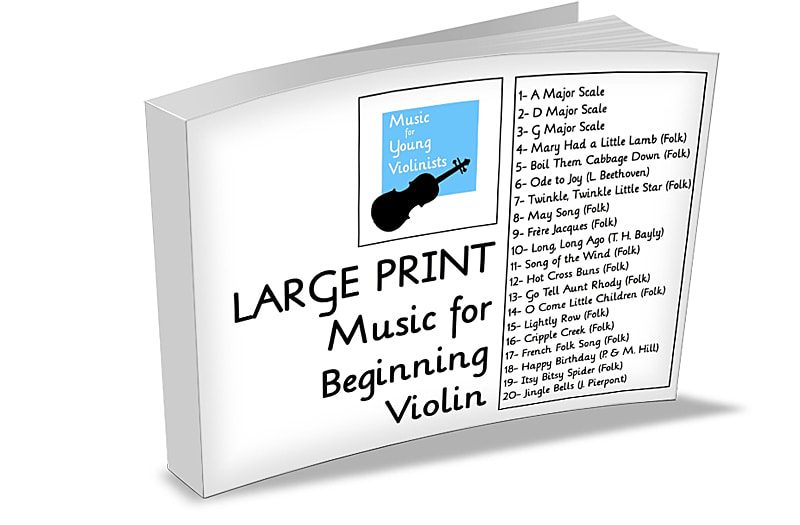
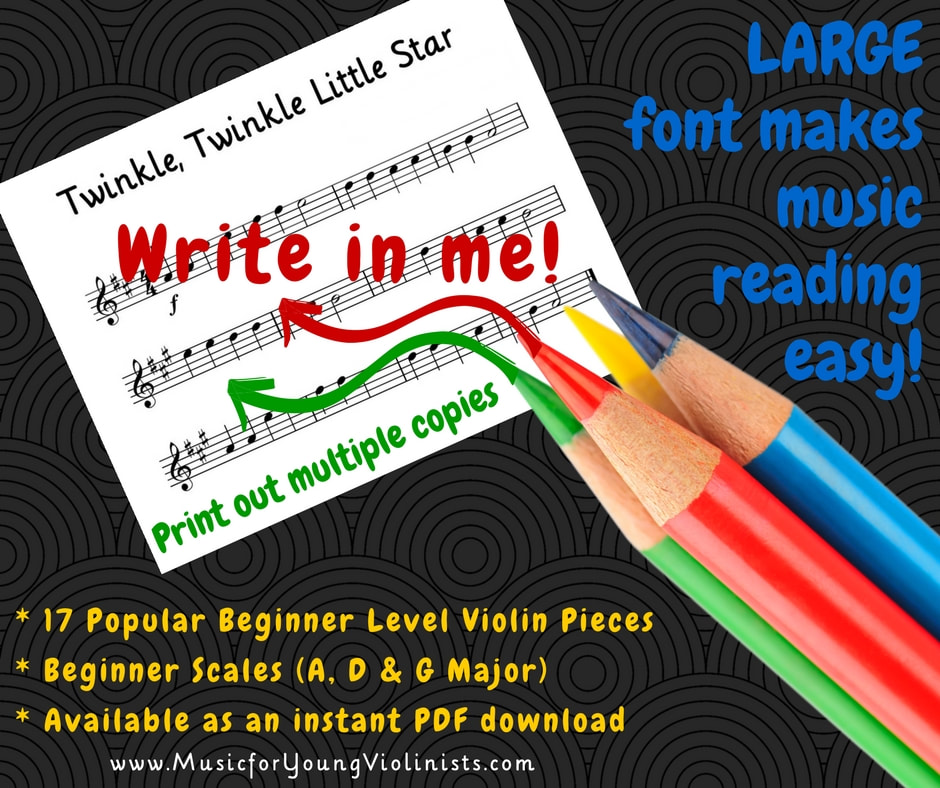
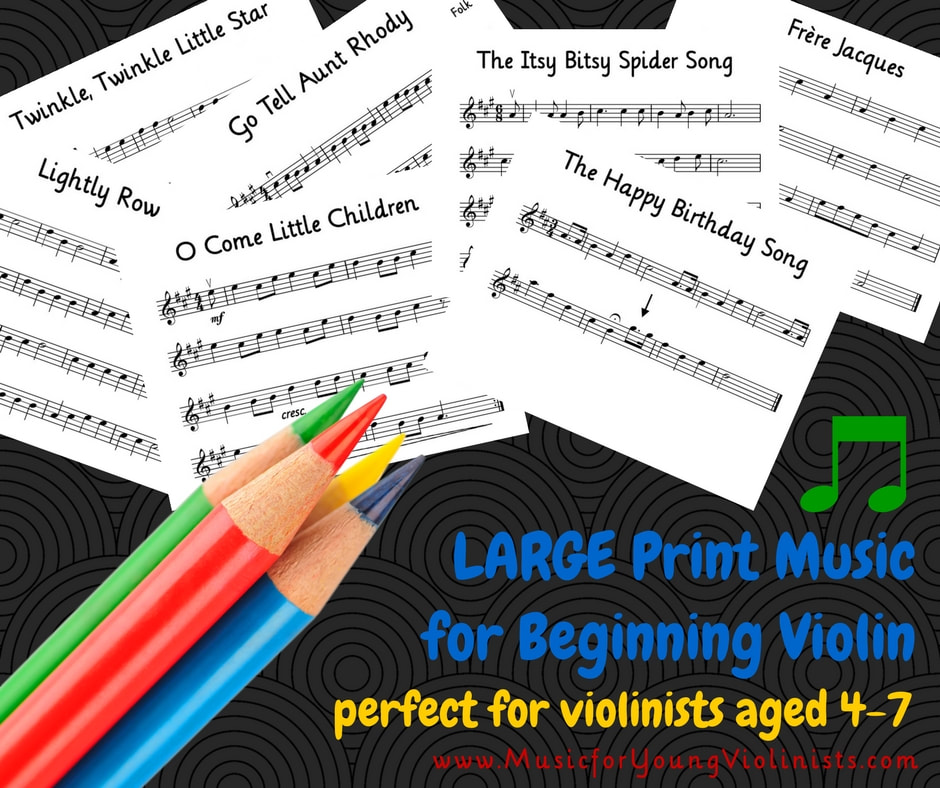
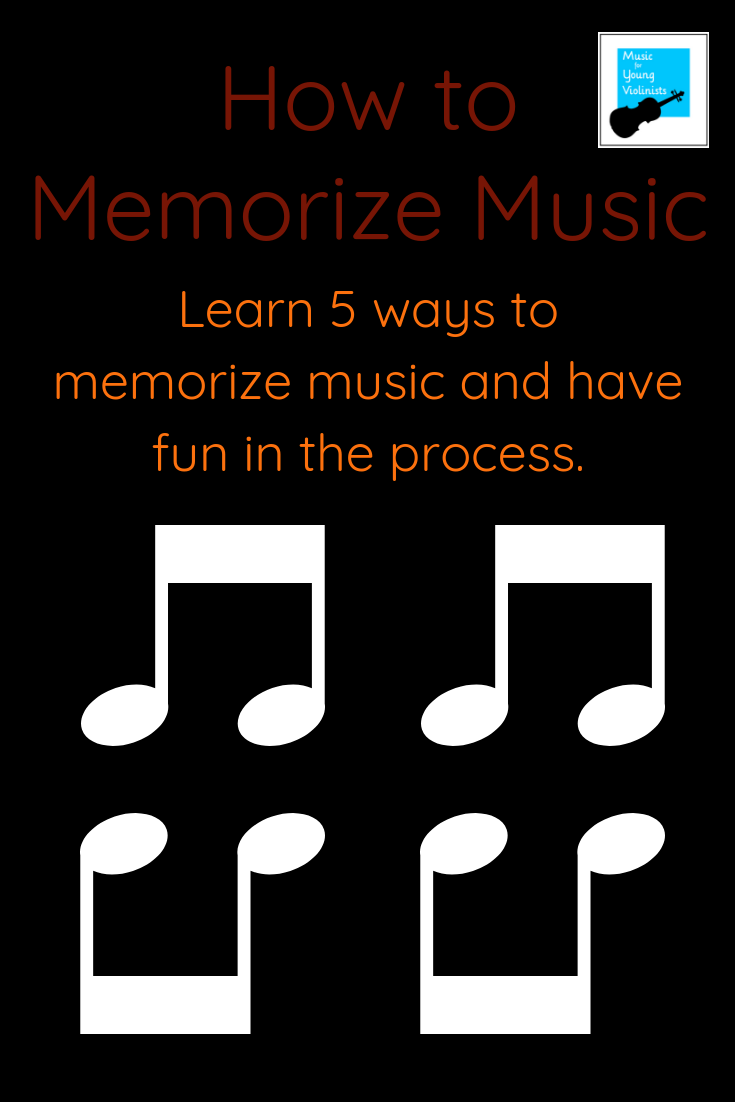
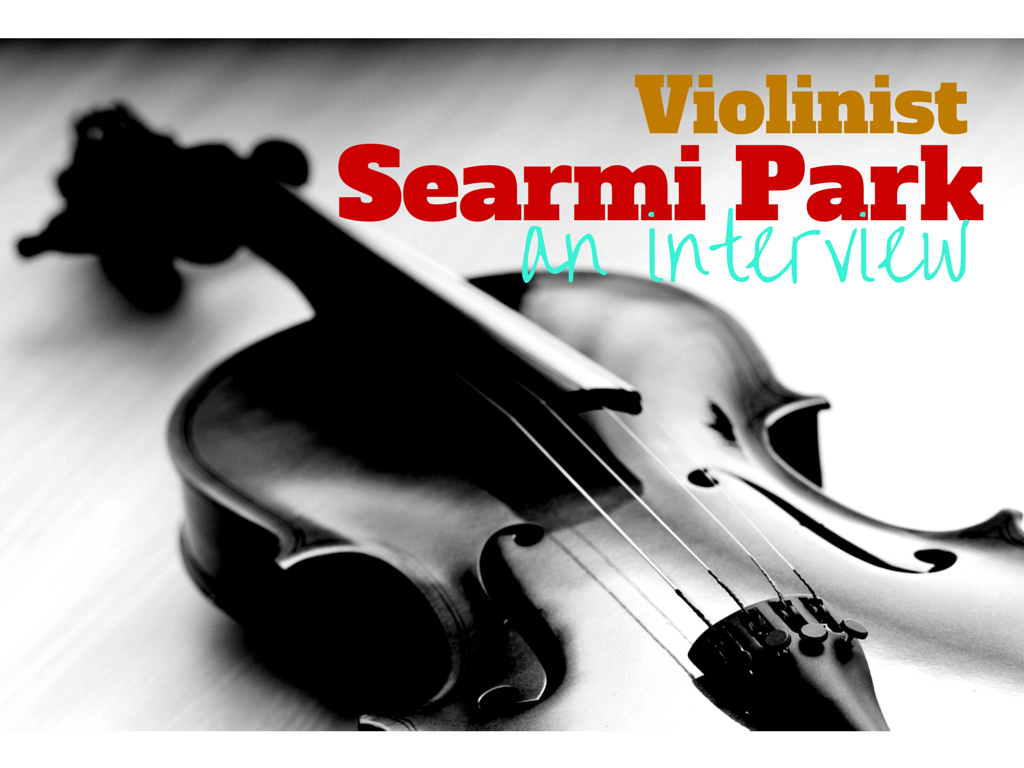
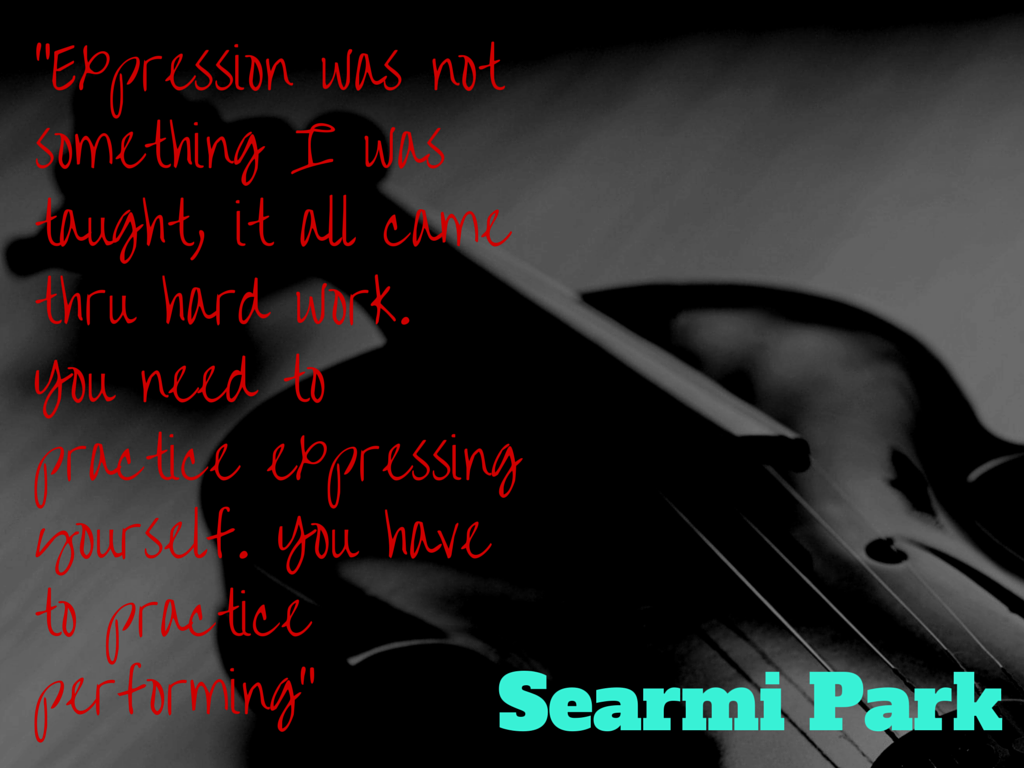
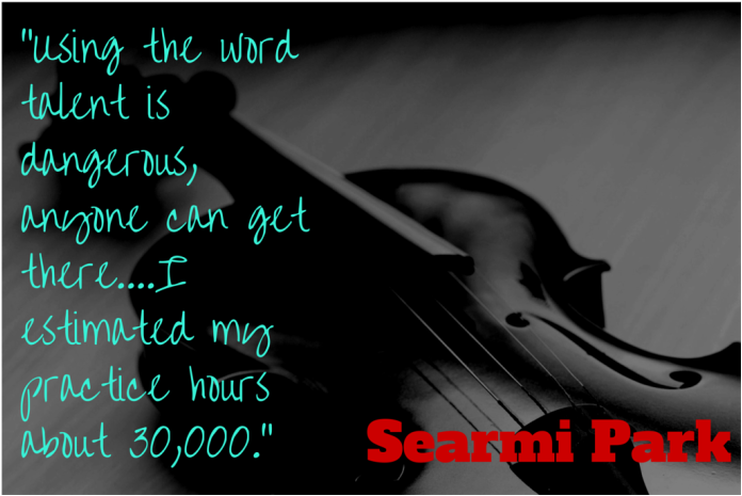
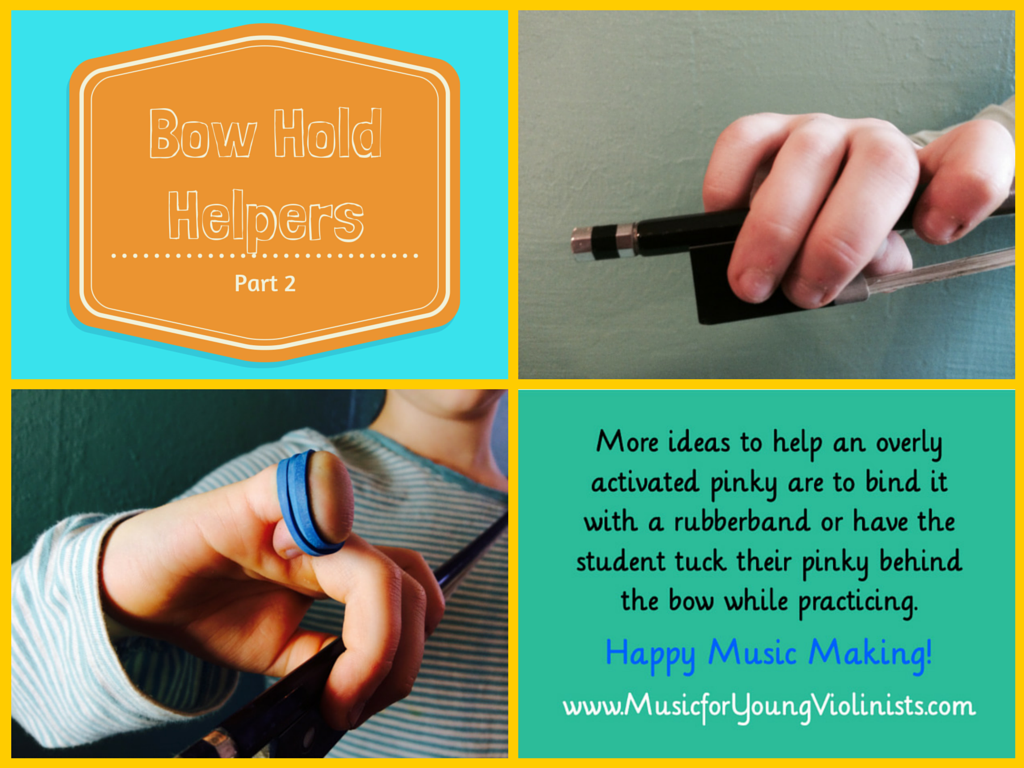
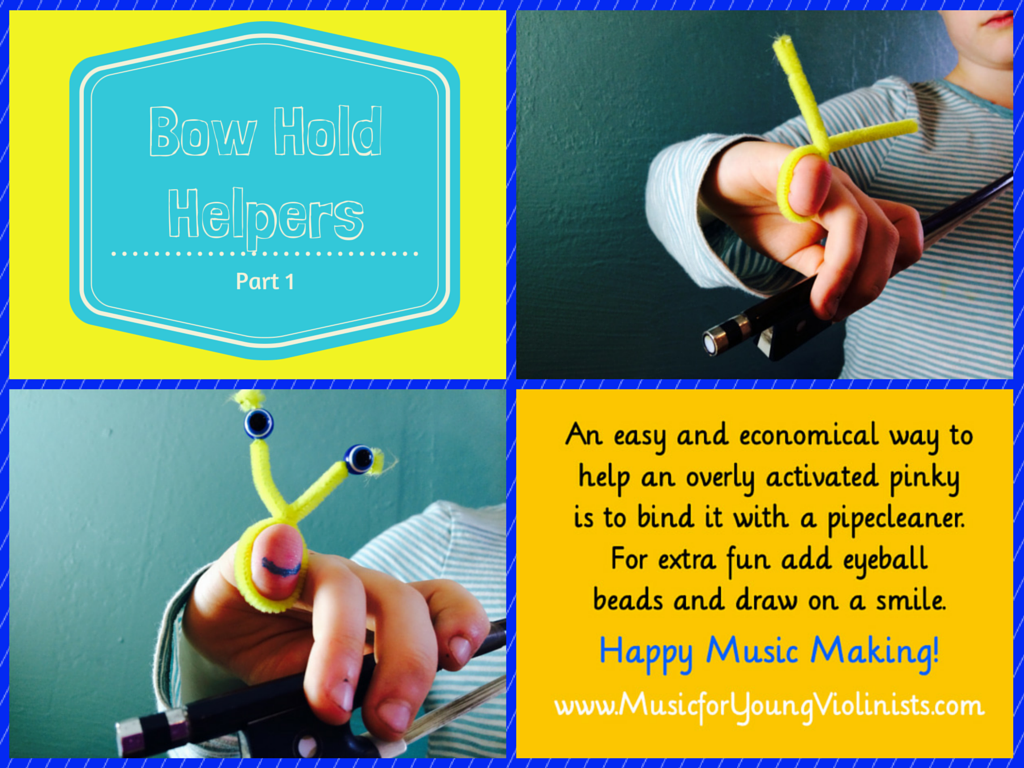
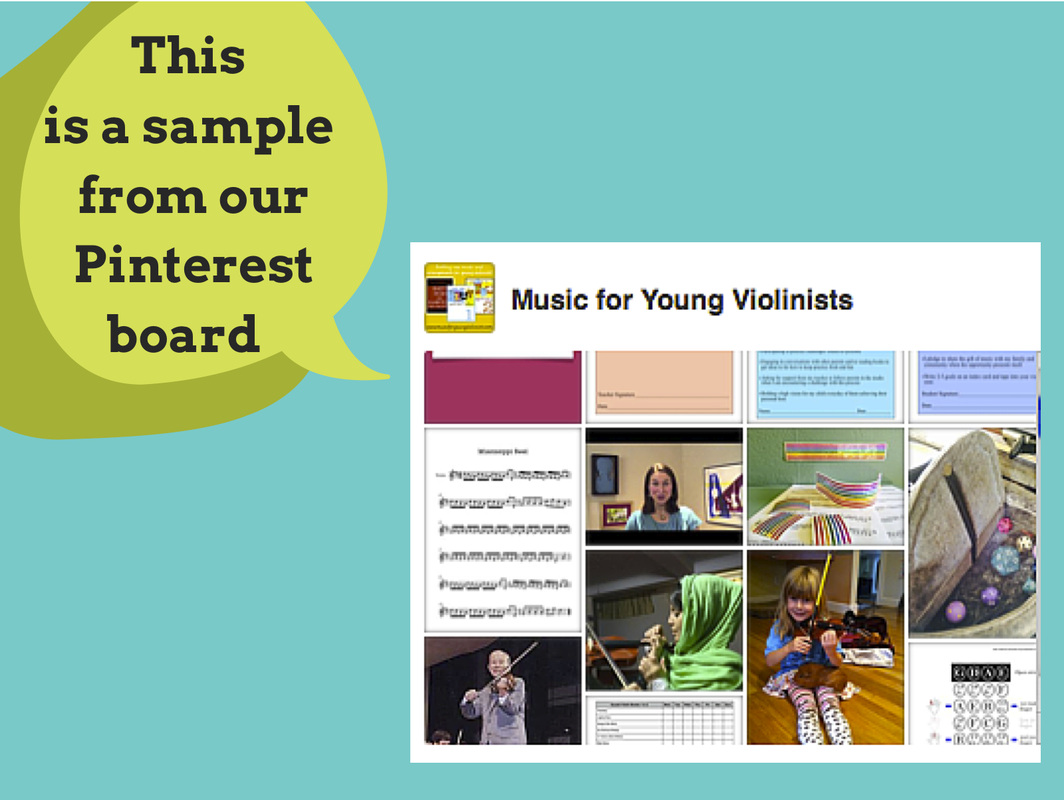
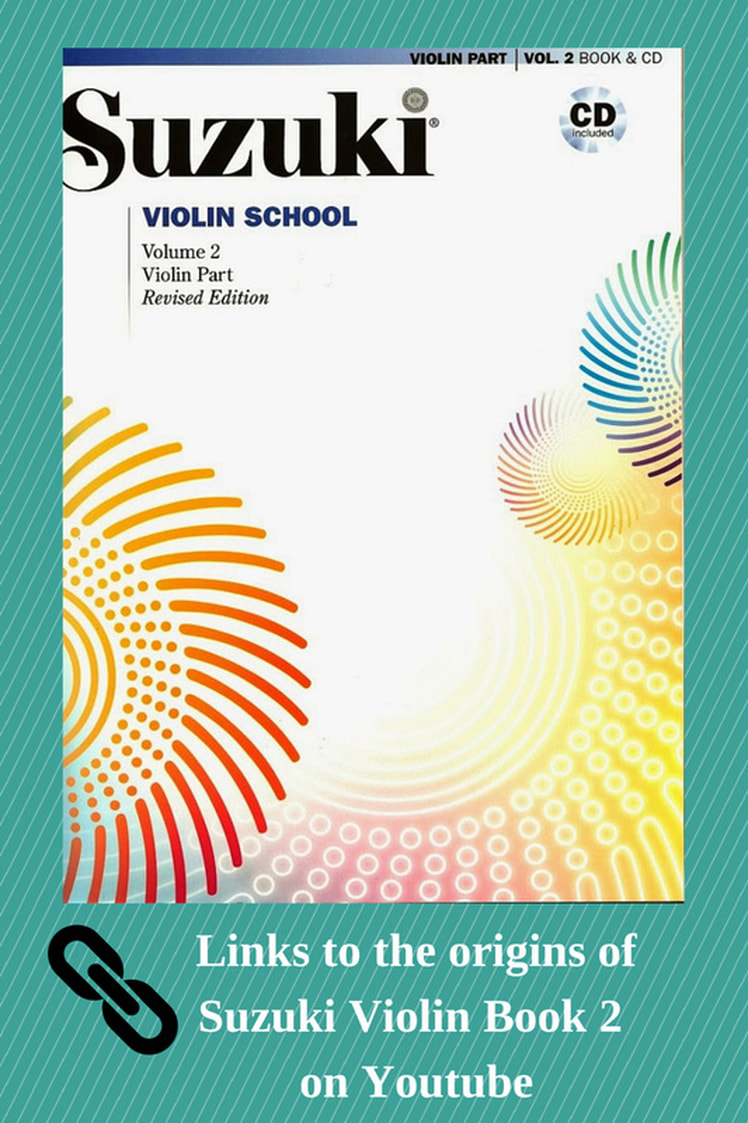
 RSS Feed
RSS Feed
